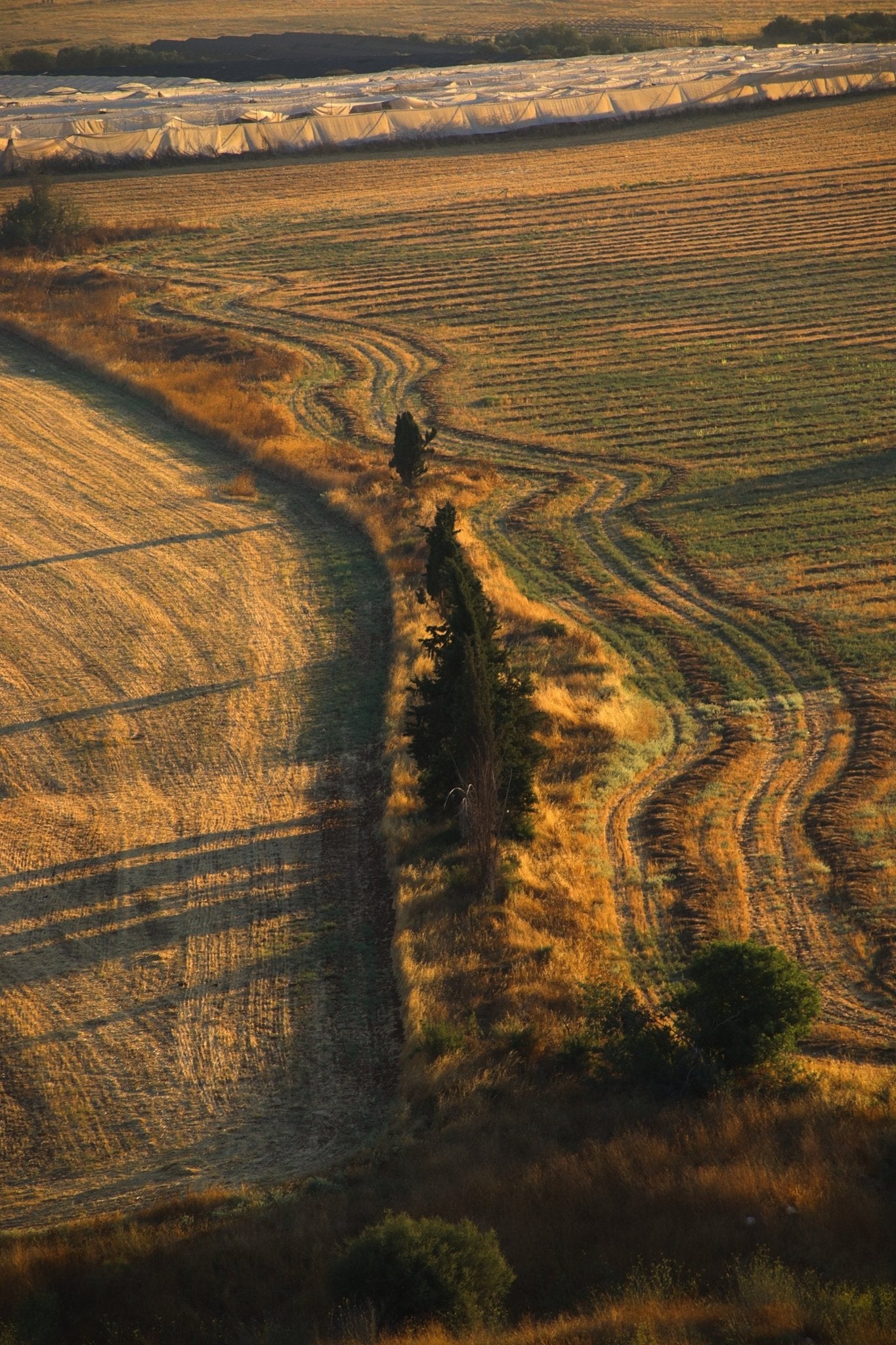The central continental area of Canada features a diverse landscape that includes prairies, boreal forests, rolling hills, vast tundra, and rugged mountain ranges, such as the Canadian Rockies. It's also home to numerous lakes and rivers, including the Great Bear Lake, Great Slave Lake, and the Mackenzie River system. It is important to note that the Rocky Mountains in Alberta and British Columbia create their own microclimates, with more mountainous terrain and unique weather patterns. If so, visit our Northern Mountain Climate.
Our climate-responsive skincare brand understands that the weather plays a significant role in determining the needs of our customers' skin. Canada's Central Continental region not only offers diverse landscapes, but also exhibits a unique weather pattern that can greatly impact our skin's health.
Exploring Canada's Central Continental Climate:
The Central Continental region of Canada spans a vast area, including parts of Alberta, Manitoba, Saskatchewan, Manitoba, and the northern regions of British Columbia, Ontario, and Quebec. It also includes the three territories: Northwest Territories, Nunavut, and Yukon. This region experiences a continental climate characterized by distinct seasons and varying temperature ranges throughout the year. From freezing winters to scorching summers. Understanding the impact of these weather extremes on our skin is crucial for an effective skincare routine.
Winter Woes and Skincare Solutions:
Winter in the Central Continental region can be harsh, with frigid temperatures and dry air. In the south, daytime temperatures during the winter can vary but typically range from -10°C to -20°C (14°F to -4°F). In the north, temperatures can plummet well below freezing, with daytime highs often staying below -20°C (-4°F). Winters are marked by heavy snowfall in many areas, particularly the Prairie provinces. The northern regions experience extremely cold temperatures and long nights.
These conditions can cause our skin to become dehydrated, leading to dryness, flakiness, and even sensitivity. Incorporating a hydrating moisturizer enriched with humectants like Hyaluronic acid, glycerin or ceramides can help replenish lost moisture and fortify the skin's protective barrier. Additionally, using a gentle exfoliator once or twice a week can aid in removing dead skin cells, allowing better absorption of moisturizing products.
Summer Sun Protection:
Summers in central continental Canada are relatively warm, especially in the southern regions. With scorching-summer hights heat and intense UV radiation, and daytime temperatures that in the Southern areas can range from 20°C to 30°C (68°F to 86°F) or even higher during heatwaves. Northern regions may experience milder summers, with daytime highs ranging from 15°C to 25°C (59°F to 77°F). This region experiences long daylight hours, abundant sunshine, and lower humidity compared to some other regions. Rainfall is relatively moderate, and thunderstorms can occur, especially in the Prairie provinces.
Protecting your skin from harmful UV rays is crucial to prevent sunburn, premature aging, and potential skin damage. Make sure to use a broad-spectrum sunscreen with an SPF rating of 40, and reapply it every two hours when spending time outdoors. Lightweight and oil-free formulations are suitable for the summer months, ensuring your skin remains protected without feeling heavy or greasy.
Spring Renewal and Fall Transition:
Spring and fall in the Central Continental region offer transitional periods where the weather can fluctuate. During these seasons, it's essential to adapt your skincare routine to the changing temperatures and moisture levels.
Fall marks the transition from warm summer conditions to cooler, crisp weather. It's a beautiful, pleasant and mild season, especially if you can enjoy the northern forests where foliage changes color. In the south, daytime temperatures start to drop from around 20°C to 10°C (68°F to 50°F) early in the season, eventually reaching 5°C to 15°C (41°F to 59°F) by late fall. In the north, fall temperatures can be cooler, ranging from 0°C to 10°C (32°F to 50°F).
Spring can be unpredictable, with a mix of rainy, snowy, and sunny days. Thawing snow and ice can lead to occasional flooding. In the southern parts, daytime temperatures gradually rise from around 5°C to 15°C (41°F to 59°F) early in the season, reaching 10°C to 20°C (50°F to 68°F) by late spring. In northern regions, it may remain cooler, with daytime highs ranging from 0°C to 10°C (32°F to 50°F).
Consider incorporating antioxidant-rich serums or moisturizers to combat environmental stressors and provide a boost of hydration. Don't forget to adjust your skincare routine gradually as the weather shifts, allowing your skin to adapt seamlessly.
Tailoring Skincare to the Central Continental Region:
Canada's Central Continental region offers a diverse and ever-changing climate that significantly influences our skin's health and needs. As a climate-responsive skincare brand, we provide tailored skincare solutions to help our customers adapt to the elements wherever they are.
Whether it's protecting your skin from the harsh winter cold or shielding it from the intense summer sun, our skincare recommendations are designed to meet the demands of the Central Continental climate. Take in the beauty of this region and know that we have formulated our products to help achieve a harmony between your skin and the full four-season weather patterns.




